Affiliate links on Android Authority may earn us a commission. Learn more.
Xiaomi Redmi 3 review
March 18, 2016
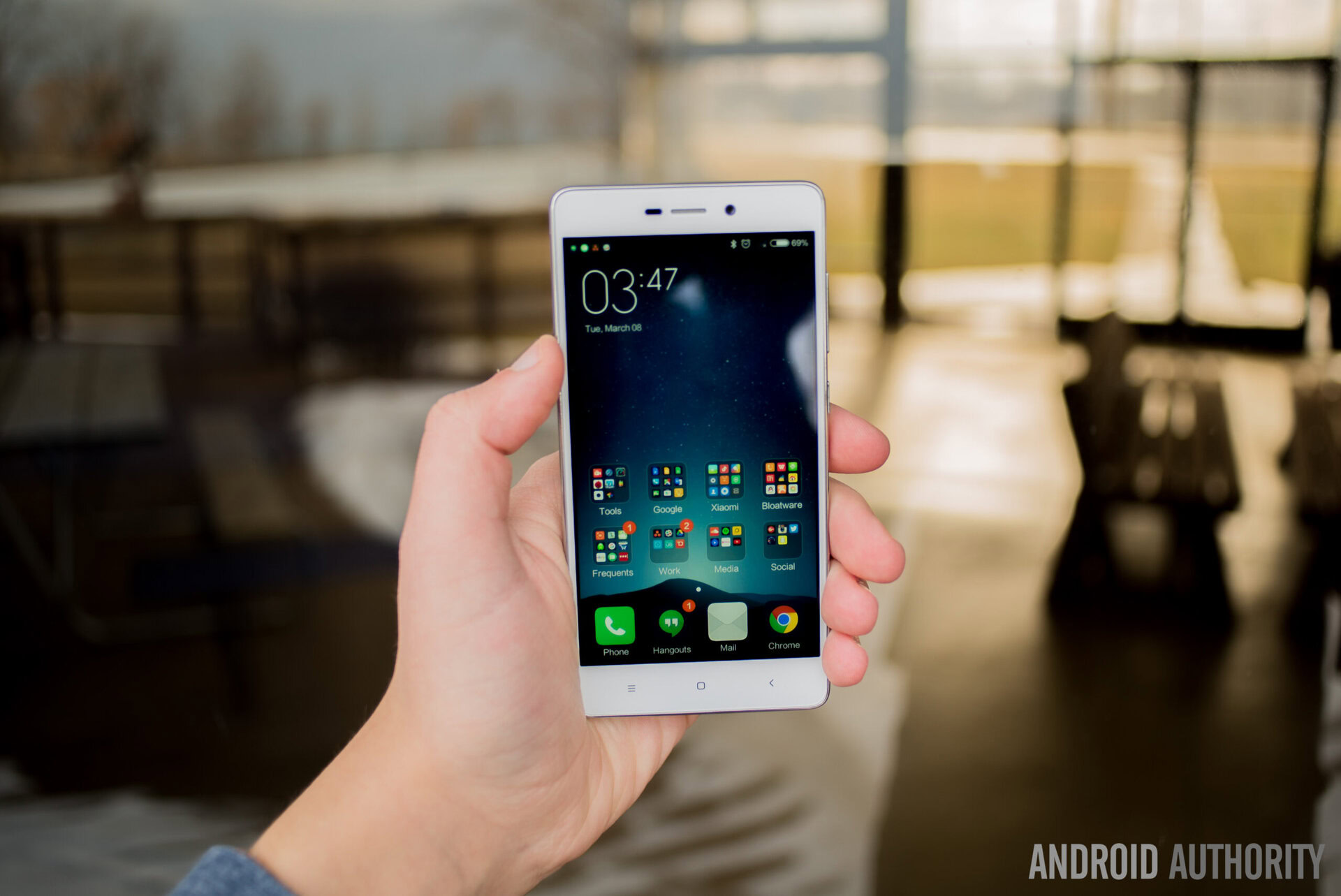
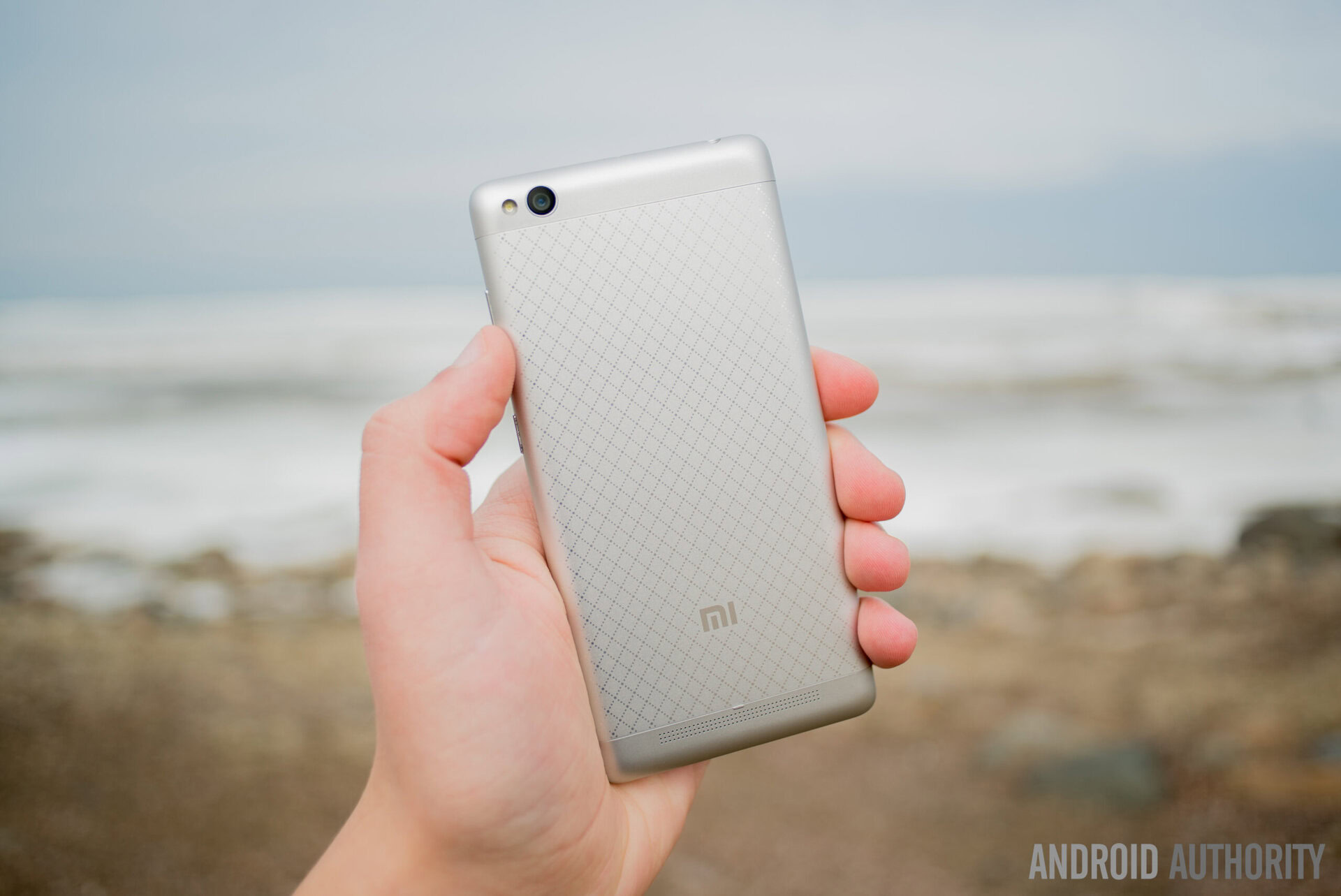
It’s a new year and Xiaomi is not stepping down in the competition for releasing devices that offer the most bang for your buck. Only some months after the release of the Xiaomi Redmi Note 3, the Chinese manufacturer has released the Redmi 3.
I have been spending some time with the new handset and am ready to give you the full rundown, so let’s dig right into the details.
Also read:
Design
In terms of aesthetics, the Xiaomi Redmi 3 takes many elements from the Redmi Note 3. Except they were able to fit all those goodies into a 5-inch form factor.
This time around Xiaomi has implemented a non-textured pattern on the back side that makes the phone look quite good. But the all-metal Xiaomi Redmi 3 doesn’t only offer a premium look. Its sturdy materials, smaller size and pronounced curves also make for a handset that feels great in the hand.

You will find the power and volume buttons on the top-right side of the phone, offering excellent tactile feedback.
Also included is the IR blaster located on the top of the smartphone. It can be controlled with the included Mi Remote app, but keep in mind it offers very little support outside of China. The good news is there are plenty of third-party apps that can take care of the job just fine. Among my favorites is Peel Smart Remote.
There’s no capacitive key backlighting at the bottom, but there is a multi-colored notification LED, which is certainly nice to have.
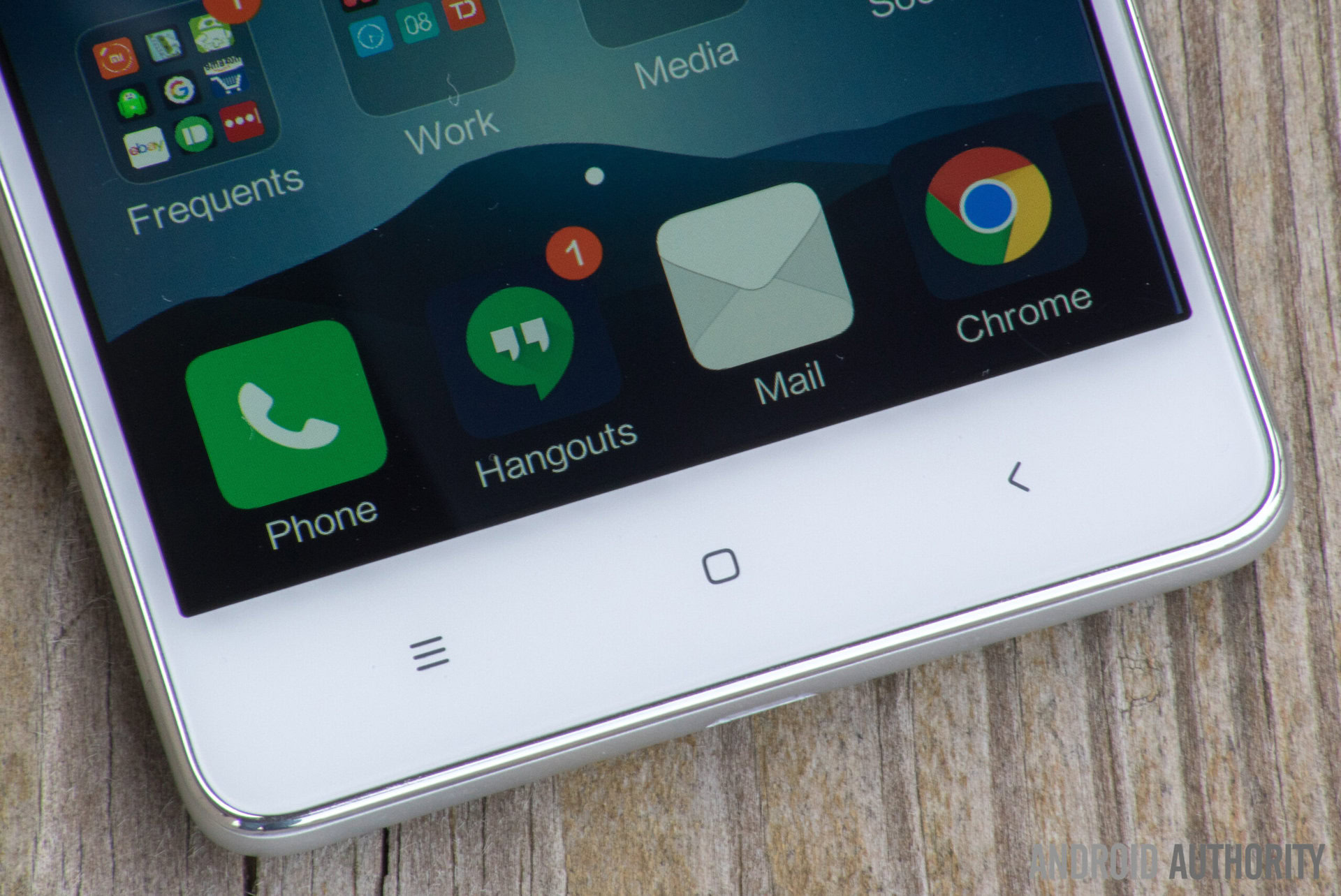
Display
This is not exactly your high-end handset, so don’t expect the best display in the market. With that said, we can certainly tell you the 5-inch 720p panel is still a respectable offering for the price and size of the Xiaomi Redmi 3. I do believe the Redmi 3 has better contrast and saturation than the Redmi Note 3, though.
On the other hand, I did find a bit of a defect on this screen. There seems to be a minor shift in color when viewing the display from certain angles. Also, while the adaptive brightness feature worked very well during our testing, we found it difficult to view the Redmi 3’s display in direct sunlight, which may be problematic for some users.
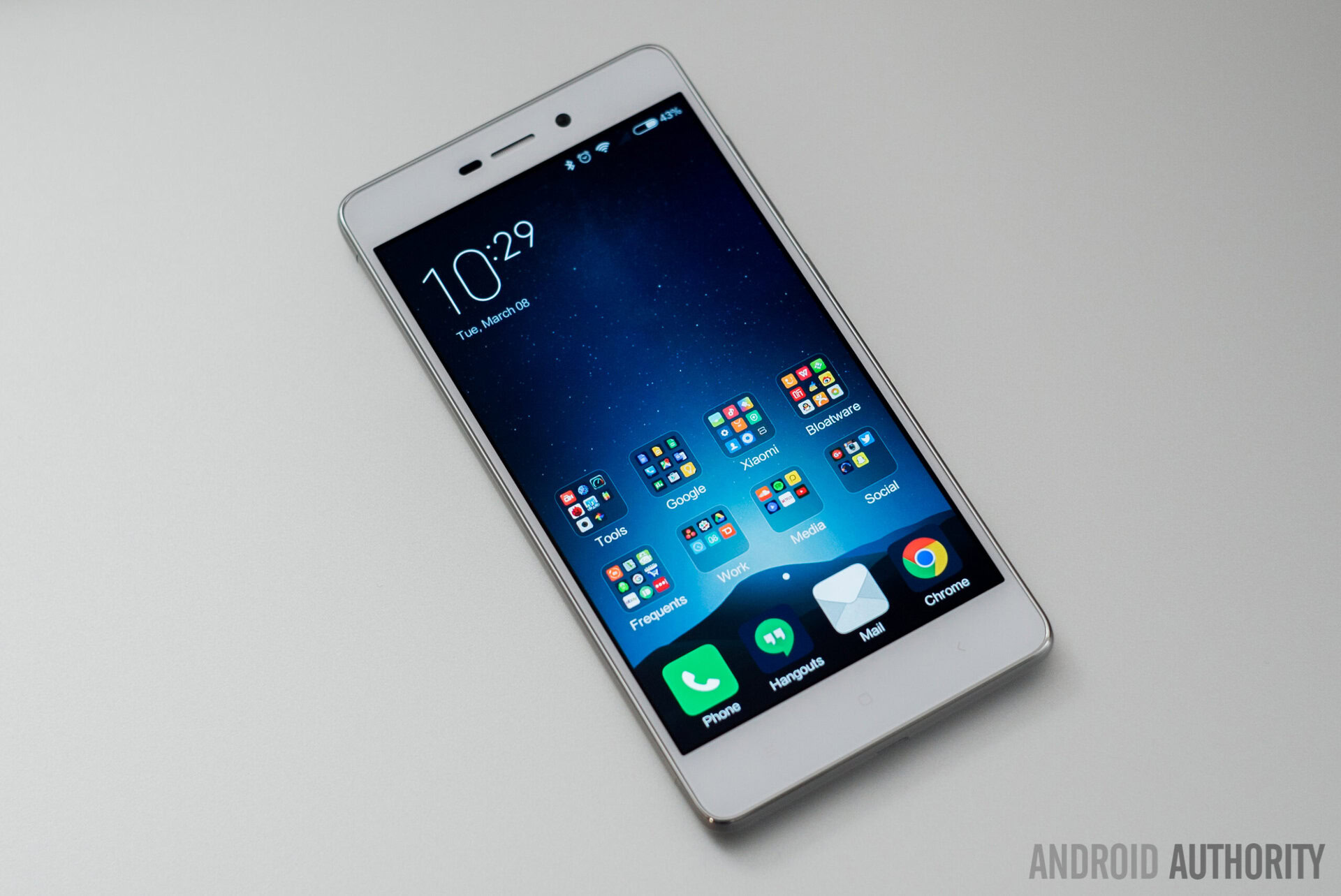
Performance
Under the hood we can find a Qualcomm Snapdragon 616 processor, which works pretty well (once again, considering the price). But yes, you will find the occasional hiccups, including unresponsive typing and choppy animations. But it did work pretty well while performing light tasks.
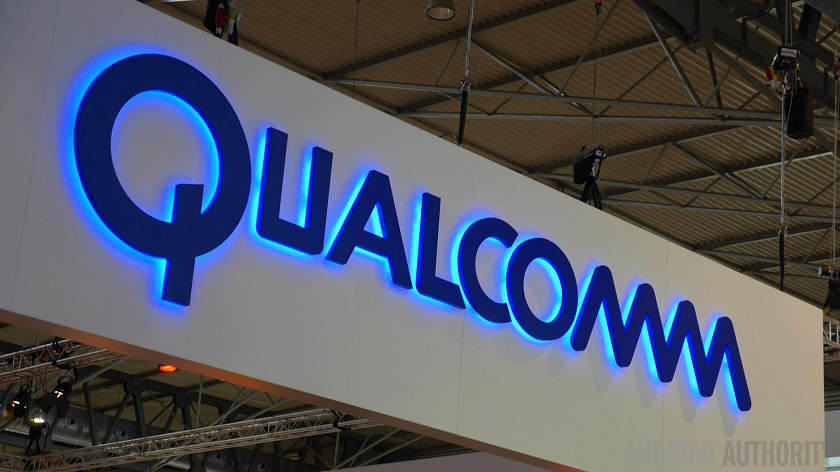
There’s also 2 GB of RAM in there, but that still offers reasonable multi-tasking capabilities. Remember, not long ago 2 GB of RAM was considered premium.
But the real test is done when you run those awesome games we all love so much. Can the Xiaomi Redmi 3 keep up? It can play most games reasonably well thanks to that Adreno 405 GPU backing the graphics up, but some higher-end games will exhibit frame drops and lag. The experience can vary a bit, though, as even games like Asphalt 8 ran with little hiccups.
Hardware
You won’t find much lacking in terms of connectivity. Packed inside is 802.11n Wi-Fi, GPS and Bluetooth 4.1, all of which worked just as we had expected.
This device is unlocked and does feature dual-SIM capabilities, which will be great for those of you who travel often or rely on multiple carriers. And if you aren’t in that situation, one of the SIM slots can also be used as a microSD card slot (up to 128 GB).
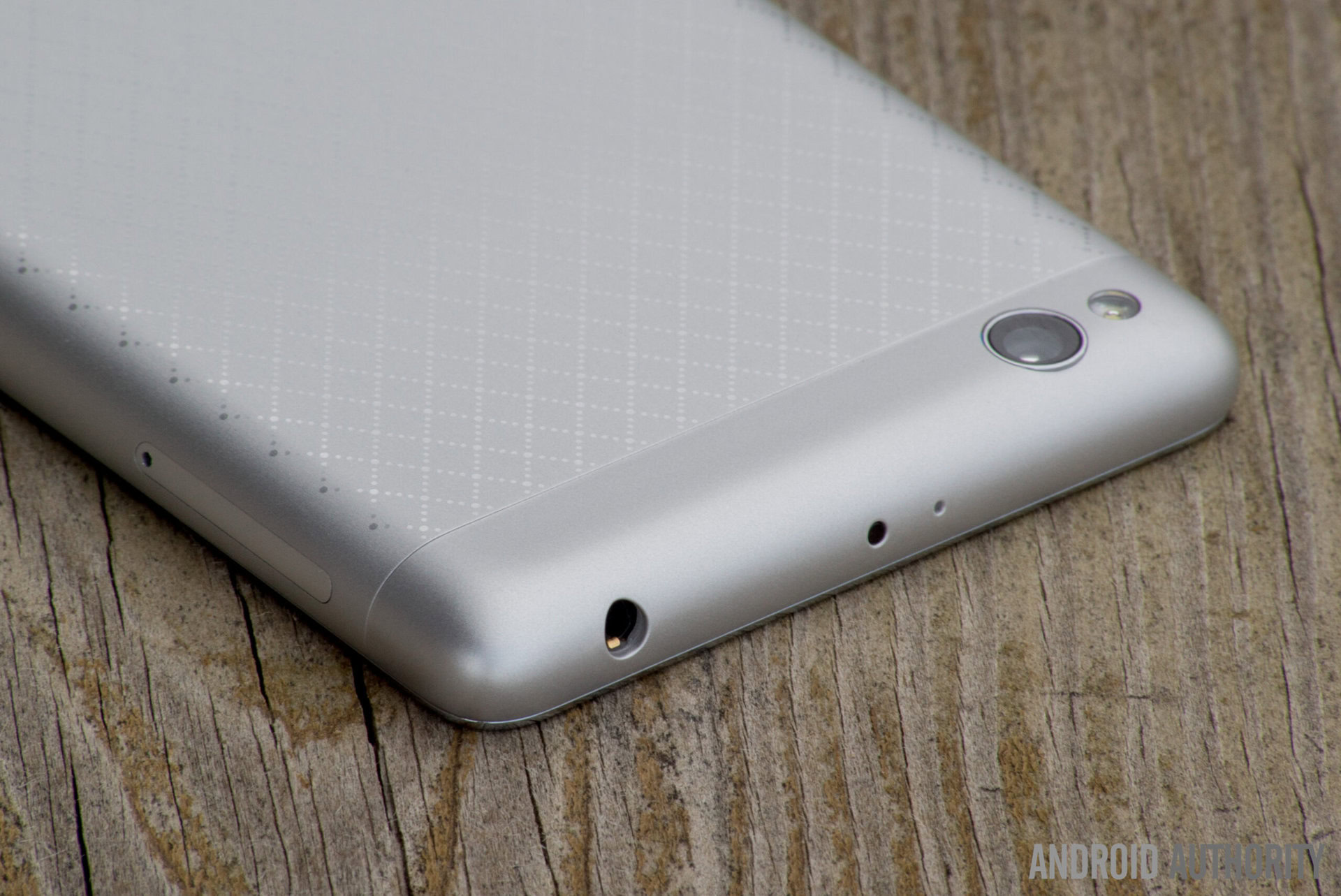
Speaking of storage, there’s 16 GB of on-board memory here. Enough for plenty of casual users, but those who need plenty of songs, video sand other files will probably need to expand.
I was surprised to find that the Xiaomi Redmi 3 speaker is actually quite loud. But nothing is perfect, and the sound here does come with some distortion. Not much to worry about, though. I would say its biggest drawback is the back positioning, which muffles the sound when the phone is placed on a flat surface.
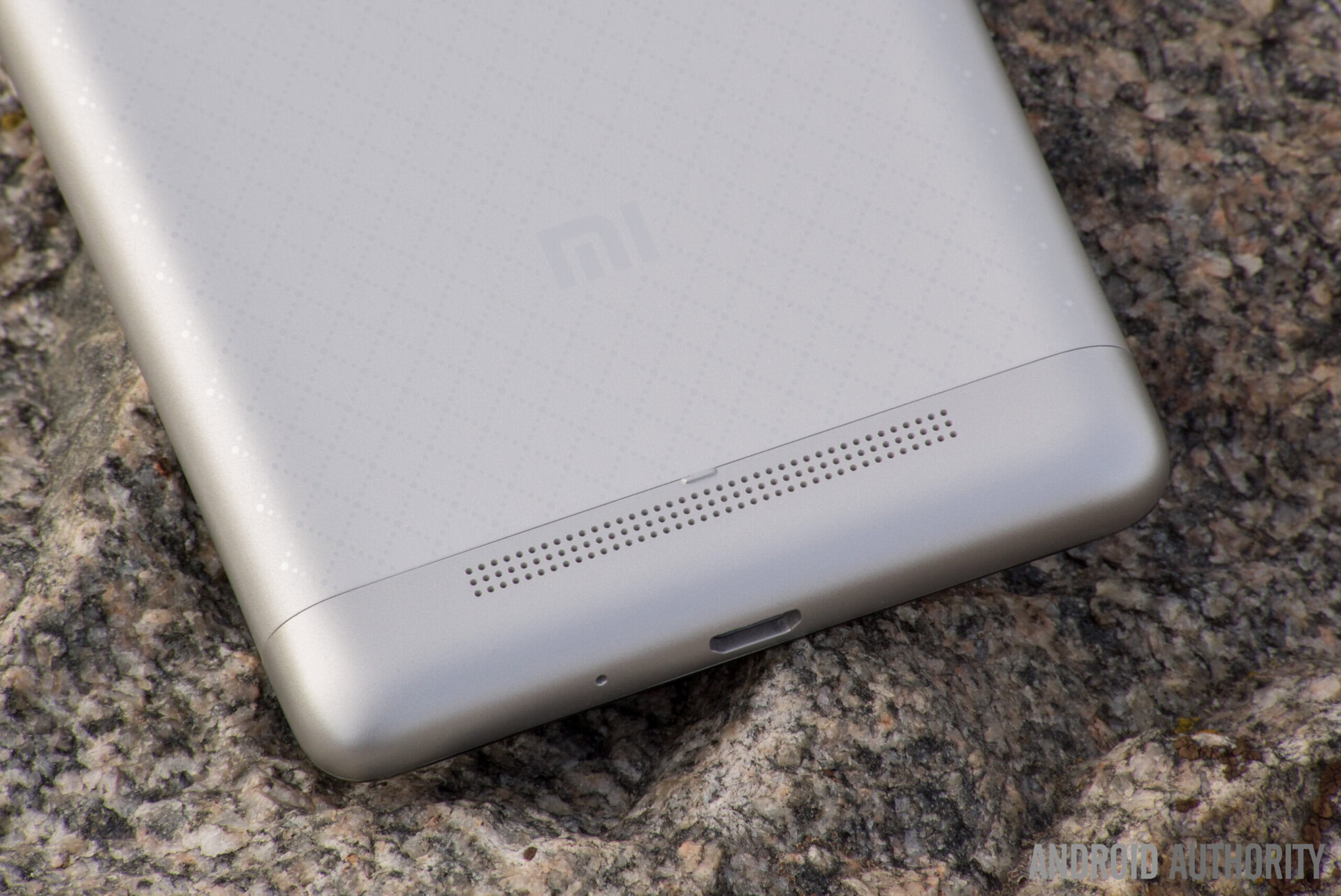
But let’s talk battery life. Oh my… battery life. This little guy features a 4100 mAh battery. That battery power is hard to find, even on high-end, big handsets. Add the lower resolution and resourceful processor into the equation and you will be holding a winning handset. I was able to use it for over 2 days with moderate usage, but I am sure even the hardcore users will be able to get a full day out of it… and then some.
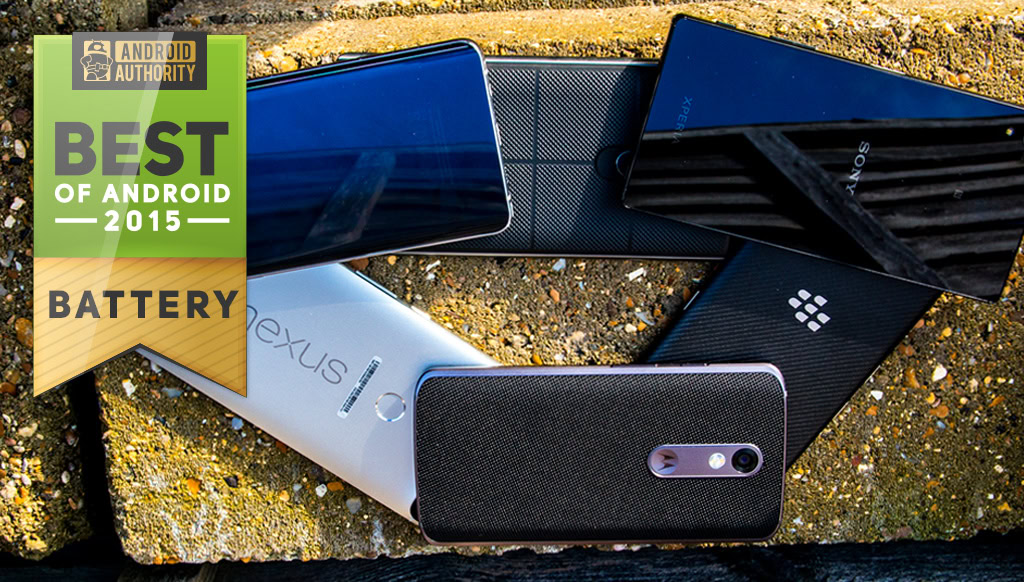
Specifications
| Display | 5-inch, 1280x720 |
|---|---|
Processor | 1.5 GHz octa-core Qualcomm Snapdragon 616 |
GPU | Adreno 405 |
RAM | 2 GB |
Storage | 16 GP, microSD support (up to 128 GB) |
Rear camera | 13 MP, F/2.0 |
Front camera | 5 MP |
Dimensions | 139.3 x 69.6 x 8.5 mm |
Weight | 144 g |
Battery | 4,100 mAh |
Camera
The Xiaomi Redmi 3’s 13 MP f/2.0 rear camera is able to take some pretty good shots. Once again, though, this is no high-end performer, and that is something you will easily notice here. There’s a lack of dynamic range and a tendency for over-sharpened images. HDR helps a bit, but it also makes taking shots slower and often makes images look unrealistic.
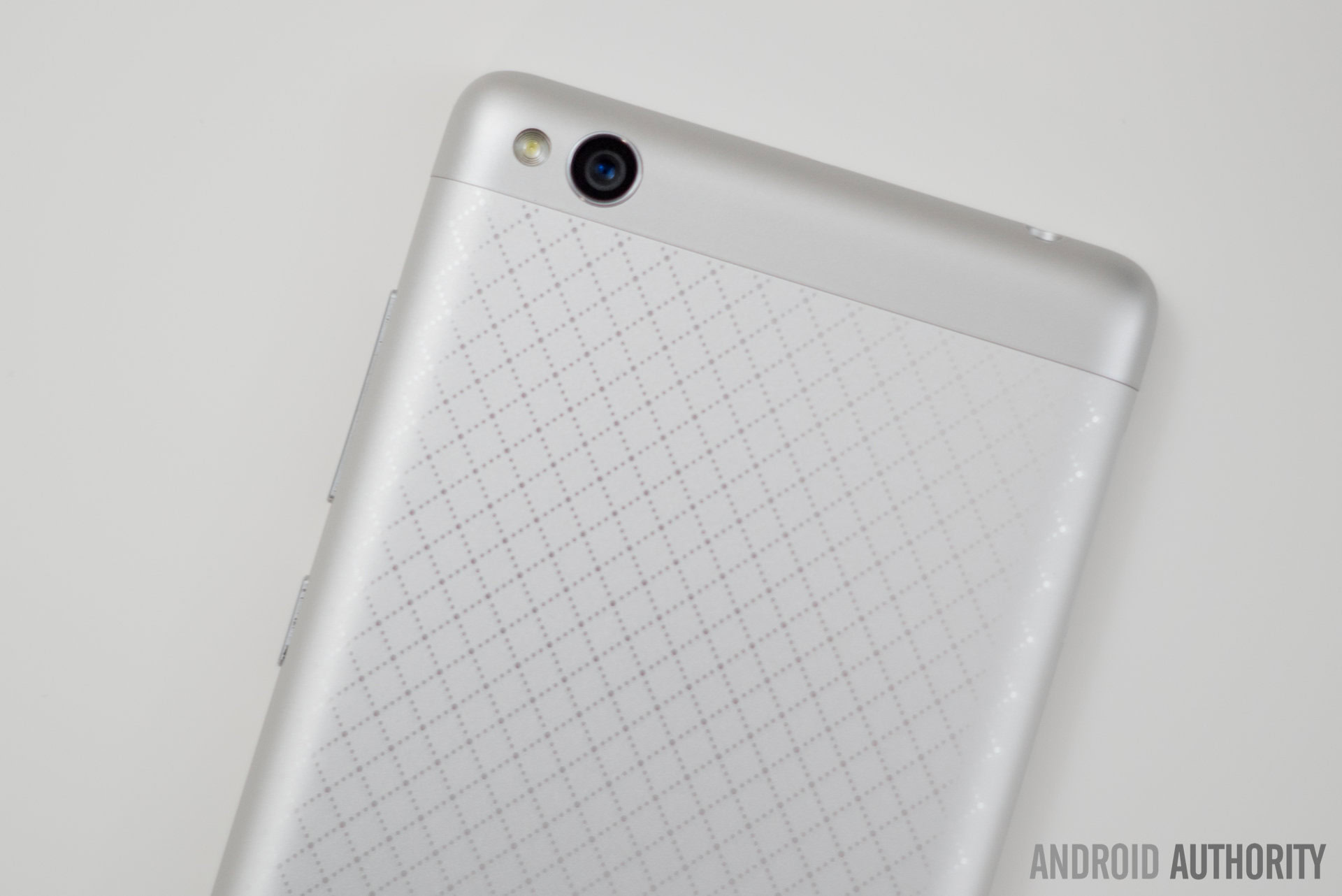
What I did like is MIUI’s camera app, which offers great manual controls. You can adjust things like white balance and ISO in manual mode, or use a variety of other modes like panorama.
Software
The Xiaomi Redmi 3 comes with Android 5.1.1 Lollipop out of the box, skinned with MIUI 7. We know plenty of you don’t like MIUI’s similarities with iOS, but if you can get past its downsides you will find that it is an enjoyable UI to use.
MIUI is easy to use, but also offers a commendable amount of customization and extra features, which will appeal to Android enthusiasts. You can do special things like record calls, set scheduled battery profiles, change the LED color and modify the size of the one-handed display mode.
There is one bad thing here, though. And sadly, it could be a deal breaker to many of you. It does not come with Google Apps out of the box. Installing them is an extra step, and there is no news of an international version of the device coming.
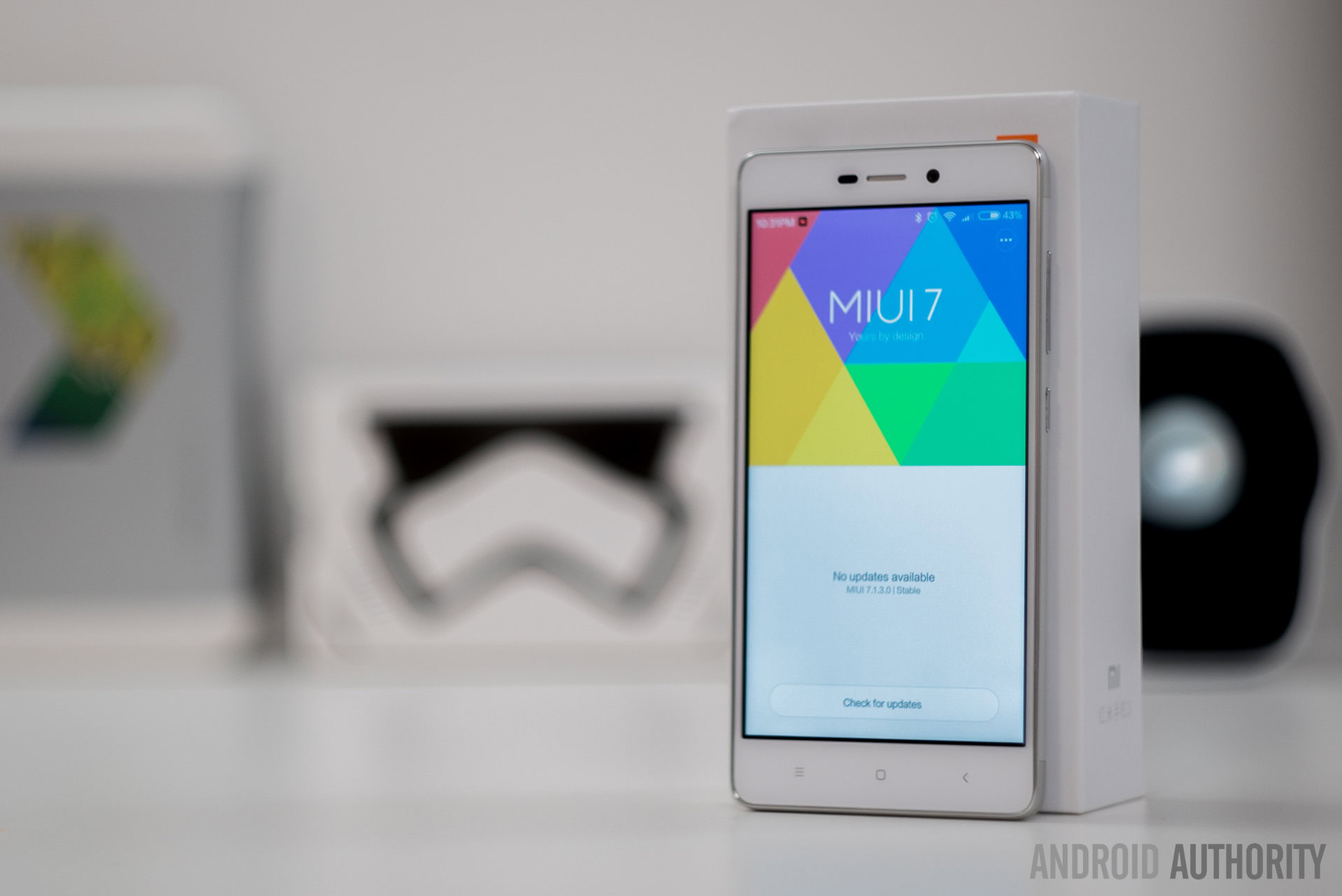
Also bad news is the fact that Xiaomi has started locking more bootloaders. To our dismay, the Xiaomi Redmi 3 is one of the affected handsets. This is for your security, but tinkerers can still play around if they are patient.
Xiaomi is requiring users to apply for unlocking privileges and await an acceptance or denial response, which Xiaomi says can take up to 10 days to receive. It’s good to keep phones secure for the casual user, but we feel this process is a bit to inconvenient. And we feel that Xiaomi’s process for unlocking only invites malware to be preloaded on devices leaving China, as users will have a very tough time removing it.
You should probably not expect too many updates for this phone. We know that sounds pretty bad, but it is super affordable and does what it is meant to do, which would put it in the low-priority list in most cases. However, we should also note that MIUI does receive updates of its own, which are released relatively frequently.
Gallery
Price
Let’s talk money! I have been boasting the device’s price over and over, but you still don’t know just how affordable this device is. It is currently only available from China at just 699 RMB. That translates to about $108 USD!
Do keep in mind, however, that resellers and exporters will probably mark the price up to anywhere between $140 and $160.
Conclusion
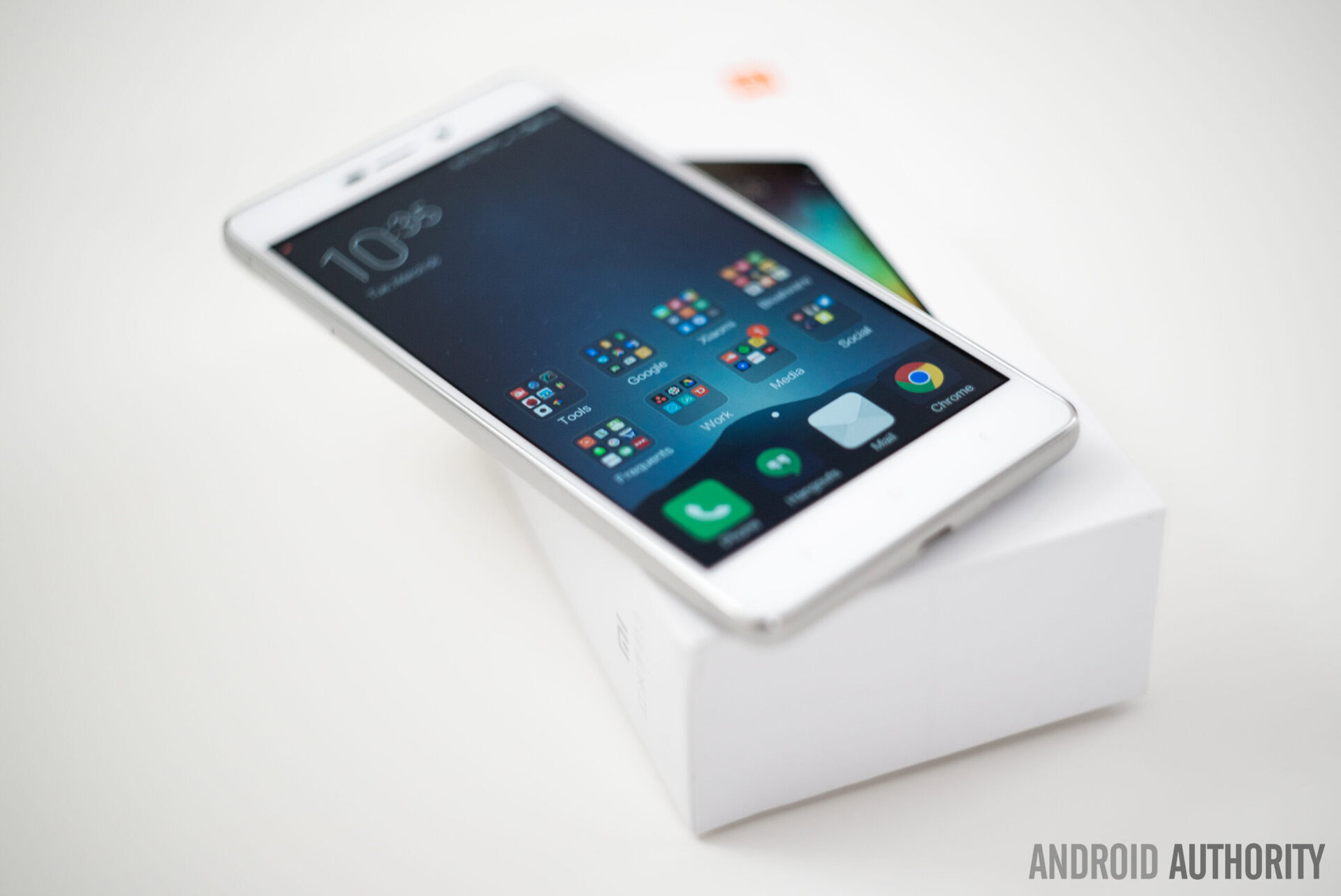
I find it hard to complain about the Xiaomi Redmi 3. It’s not the best build handset, nor does it have the best specs and it definitely needs performance improvements. But we must also keep in mind that very few other products can beat it at this price points. For about $108 this is one hell of a phone.
Its excellent design, great software, and crazy good battery life greatly overshadow its flaws. With that said, unless you have an unusually tight budget, want a smaller form factor or need the extra battery life, we recommend its older brother.
The Redmi Note 3 has a higher resolution display, faster processor, still great battery life and a fingerprint reader for only $30 more in China, and even less through resellers.